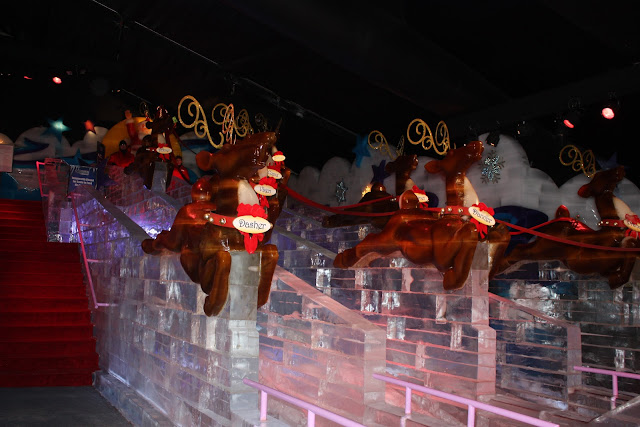One of the difficulties in traveling frequently is the transitions from cold to warm climates and vice versa -- what to pack, what to wear etc. I live in Florida and travel all over so I am frequently faced with this dilemma especially in these days of high security at airports -- shoe removal, coat removal etc., and extra charges for baggage etc. What we globe trotters will do for the love of travel.
First off, when there is time and you don't have to cross oceans, you can drive. Which I do, when I can, so I can bring whatever I need, and don't have to deal with the airport, airline hassles. But in most cases, I don't have and you won't either the luxury of using personal transportation. So here are some tips, I have found useful:
What to pack and not pack:1. Try and stick with one or two colors and some accent pieces.
2. Limit shoes -- one pair for each type of weather/activity encounter -- boots, sneaks, dress shoes, sandals. Wear the sandals to the hot place, boot type shoe to the cold place-- the kind that are easier to get out of. See caveat on boots below.
3. If you live in a warm climate, and you will be at your cold destination for a longer stay, consider buying some cheap heavier clothing at a Walmart-type place when you get to your destination so you don't have to lug as much -- I can usually get what I need to supplement what I have carted along for under $50. (This goes for underwear too -- get rid of it when you leave). This also holds true if you coming and going to the same cold destination for short stays. Many hotels will hold some luggage for you if you return frequently. Once you don't need the stuff you bought -- give it to the hotel maid or Goodwill. Or if you really must keep it, ship it home.
4. Again If you know you will be coming and going from the same destination a number of times, find some way to leave things behind... at the dry cleaners for instance. Pick it up when you return. And/or leave a bag with climate-related clothes at the hotel where you stay, many places will let frequent guests do this. (I buy a cheap piece of luggage under $20 for this purpose.)
5. Use space saver vacuum bags to compress the bulkier items you have to bring -- like a heavy coat and sweater.
6. If you are heading to a colder climate, be sure you pack gloves, socks, scarf, hat and boots that will keep you warm enough for winter conditions. (If I know I am going to a place where there is likely to be snow I will bring a heavier boot in addition to wearing shoe-boots despite the added weight.)
7. Don't forget moisturizers -- especially if you are heading from a more humid climate to a dryer one -- you'll use more than you typically do. Of course, you can always buy more at a local store so don't over do it.
What to Wear:1. Dress for the climate your heading for, just layer and dual purpose appropriately -- see below.
2. Layer and dual purpose -- Wear a couple of layers, e.g. going north: thinner weight tee with long sleeves under a shirt, then another sweater, sweatshirt or jacket; going south: a tank top or short sleeved tee, with warmer light weight clothes on top. You can then remove these and stuff them in your carry-on before getting off the flight.
3. Try if at all possible to pack the bulkier, buttoned and zippered stuff, and if you have to wear a jacket or coat make it one that is lighter weight, easy to get off and on. Dragging bulky coats through a plane when you also have carry-ons to deal with is a real nuisance, not to speak of getting yourself through security. (If I have to wear a coat to the airport, I take it off when I get there and stuff it in a bag to be checked -- I leave room in that suitcase for this purpose)
4. Again wear shoes that are easy to remove. (I wear slip on boots with a side zipper going to a cold climate, and sandals to the warmer. I make the footwear change at the airport, if need be.)





















































